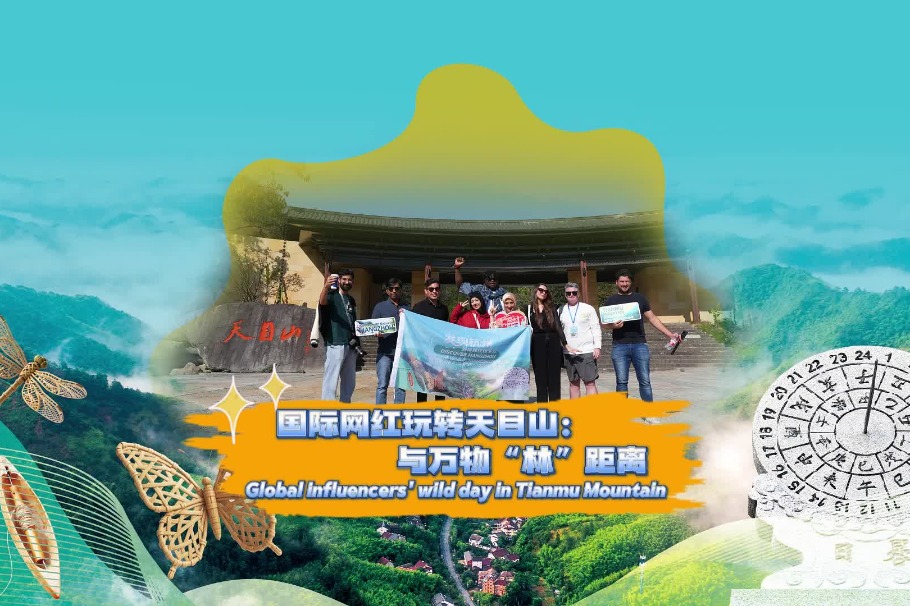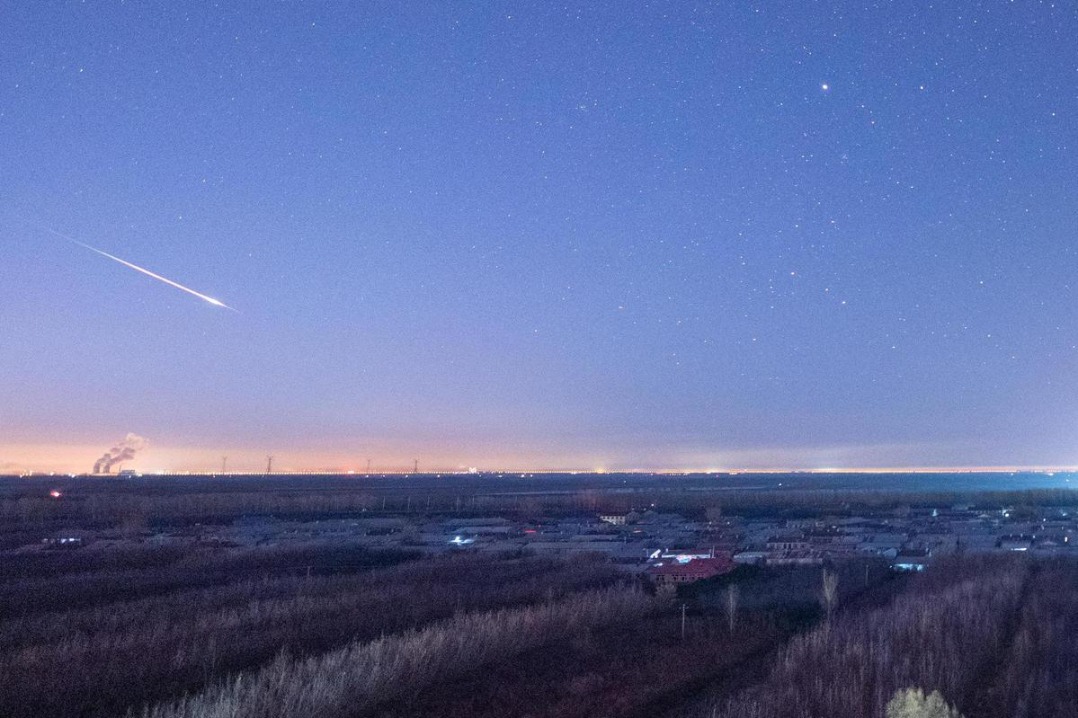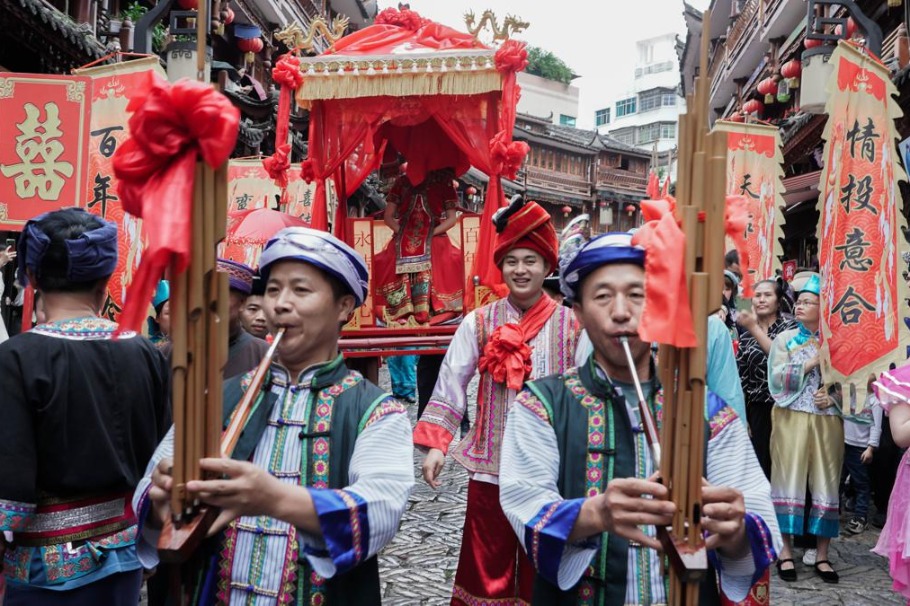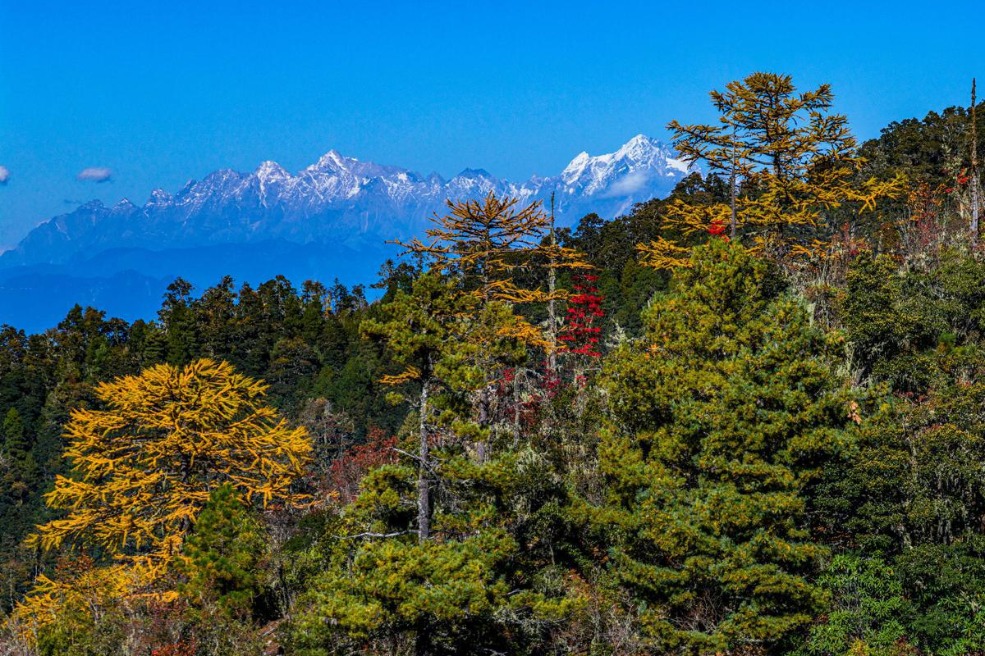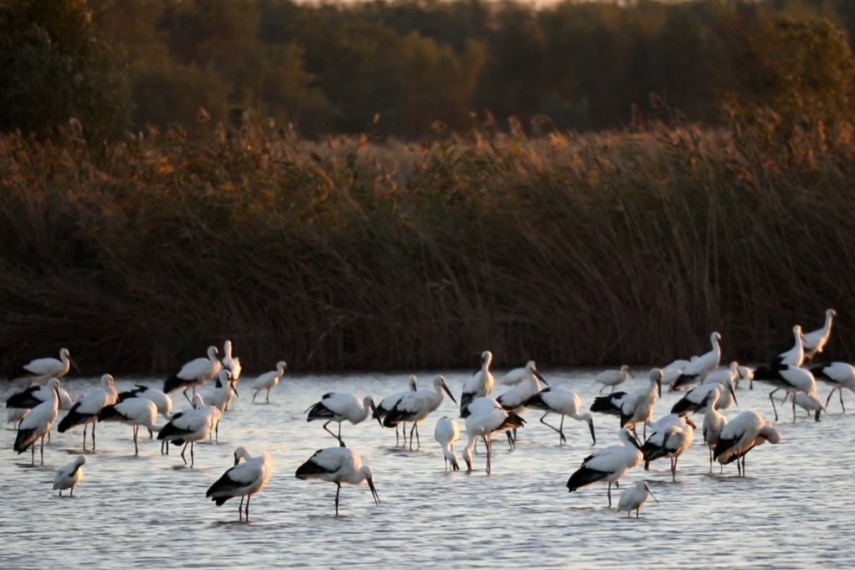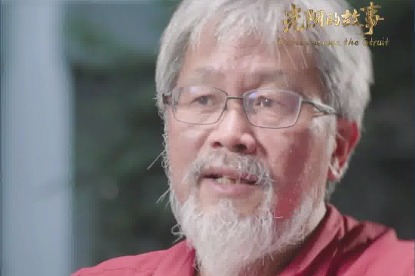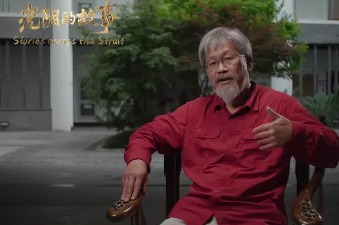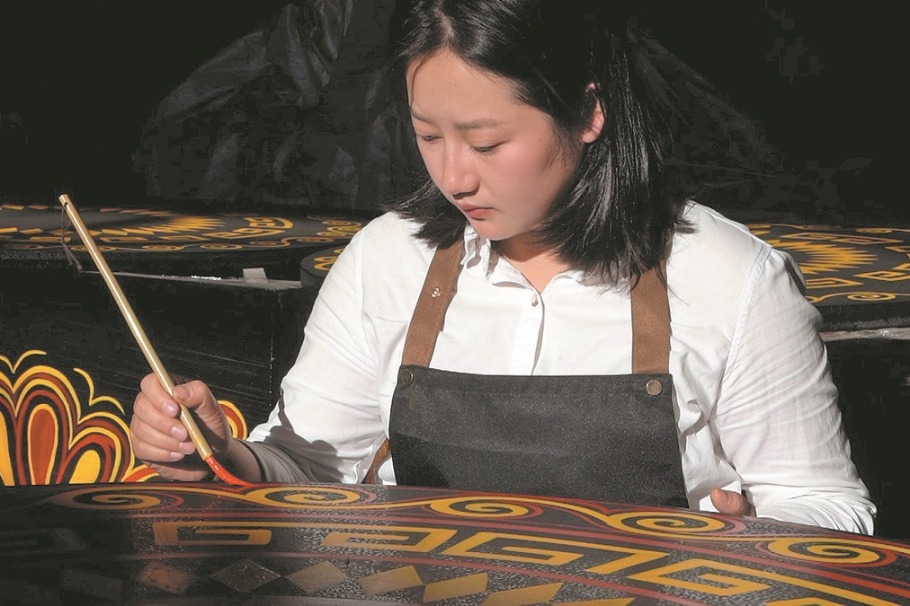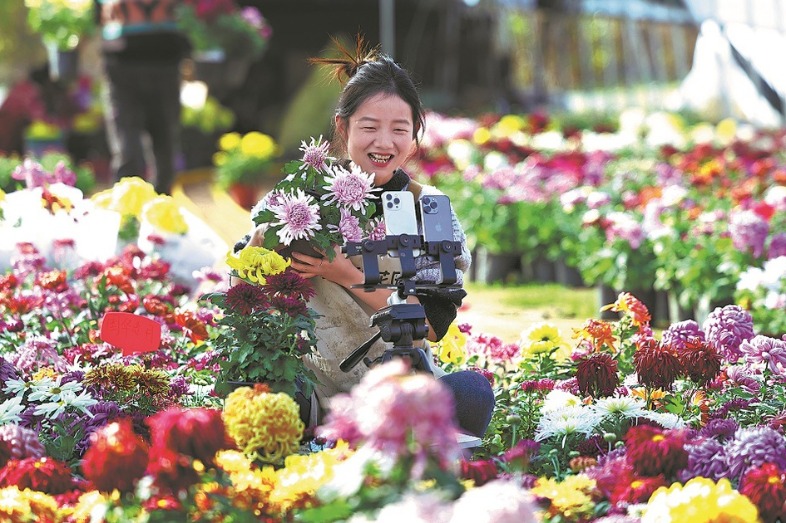Freedom of religious belief fully protected in Tibet: White paper

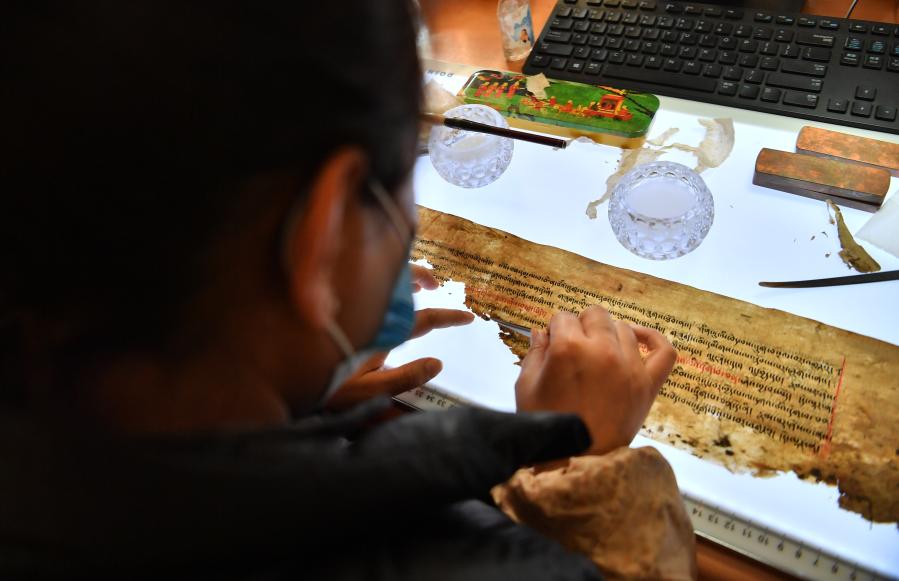
Cultural heritage in Tibet effectively protected, passed on: White paper
BEIJING -- Cultural heritage is effectively protected and passed on in southwest China's Tibet Autonomous Region, said a white paper issued Friday by the State Council Information Office.
Since restorative work was done on the Jokhang Temple in 1972, the country has continued to invest huge funds in the maintenance and protection of the Potala Palace, Norbulingka, Jokhang Temple and other cultural relics and historic sites, said the white paper titled "Tibet Since 1951: Liberation, Development and Prosperity."
Freedom of religious belief fully protected in Tibet: White paper
BEIJING -- The freedom of religious belief is fully protected in southwest China's Tibet Autonomous Region, said a white paper issued Friday by the State Council Information Office.
All religions and sects are equal in the region, as are all believers and non-believers, said the white paper titled "Tibet Since 1951: Liberation, Development and Prosperity."
System of regional ethnic autonomy fully implemented in Tibet: White paper
BEIJING -- The system of regional ethnic autonomy has been fully implemented in southwest China's Tibet Autonomous Region, said a white paper issued Friday by the State Council Information Office.
Since its founding, the autonomous region has issued 152 local regulations and normative documents, providing an important legal guarantee for the rights and interests of all ethnic groups, said the white paper titled "Tibet Since 1951: Liberation, Development and Prosperity."
Of the 439 deputies to the 11th People's Congress of the Tibet Autonomous Region announced on Jan. 18, 2018, 289 -- or almost two-thirds -- are from the Tibetan and other ethnic minorities, the white paper said.
Tibet has 1,700 sites for Tibetan Buddhist activities: White paper
BEIJING -- There are more than 1,700 sites for Tibetan Buddhist activities with 46,000 monks and nuns in southwest China's Tibet Autonomous Region, said a white paper issued Friday by the State Council Information Office.
The region also has four mosques serving 12,000 native Muslims, and a Catholic church with more than 700 followers, said the white paper titled "Tibet Since 1951: Liberation, Development and Prosperity."
Over 600 religious figures in Tibet serve as legislators, political advisors: White paper
BEIJING -- More than 600 religious figures in southwest China's Tibet Autonomous Region serve as deputies to people's congresses or members of political advisory bodies at various levels, said a white paper released Friday.
The white paper, titled "Tibet Since 1951: Liberation, Development and Prosperity," was published by China's State Council Information Office.
92 reincarnated Living Buddhas identified, approved by 2020: White paper
BEIJING -- By 2020, 92 reincarnated Living Buddhas had been identified and approved through traditional religious rituals and historical conventions, said a white paper issued Friday by China's State Council Information Office.
Traditional religious activities are carried out regularly in accordance with the law and examination on scriptures and subsequent promotion in academic degrees are also held in monasteries on a regular basis, said the white paper titled "Tibet Since 1951: Liberation, Development and Prosperity."
China attaches importance to developing Tibetan medicine: White paper
BEIJING -- China attaches importance to supporting the inheritance and development of Tibetan medicine, said a white paper issued Friday by the State Council Information Office.
The University of Tibetan Medicine has trained more than 7,000 professionals in this field, said the document titled "Tibet Since 1951: Liberation, Development and Prosperity."
There are 44 public Tibetan medical institutions in Tibet autonomous region, where about 94 percent of township health centers and 42 percent of village health clinics provide Tibetan medicine services, the white paper said.
- Sino-foreign youth dialogue promotes mutual understanding in Nanning
- Surfing in Guangdong's Shantou
- Macao SAR to speed up reform, diversification in 2026: chief executive
- China's primary school population peaks, middle school to follow
- China's express delivery sector posts steady growth in first 10 months
- Intl visitors embrace nature, biodiversity at Tianmu Mountain
















